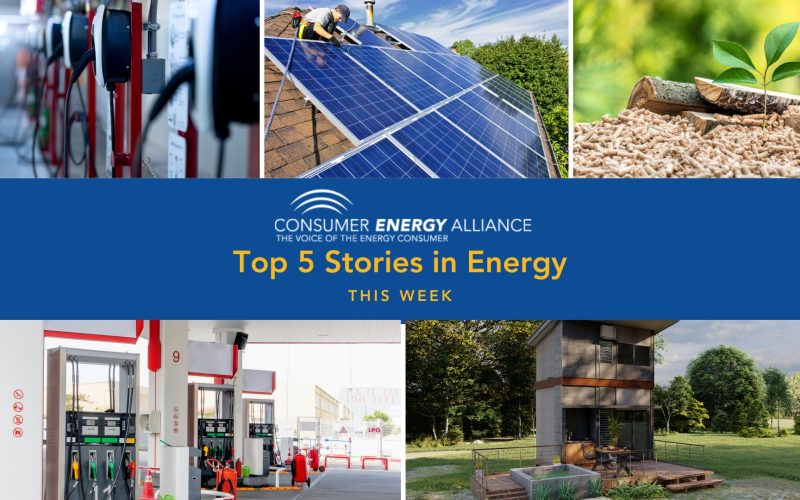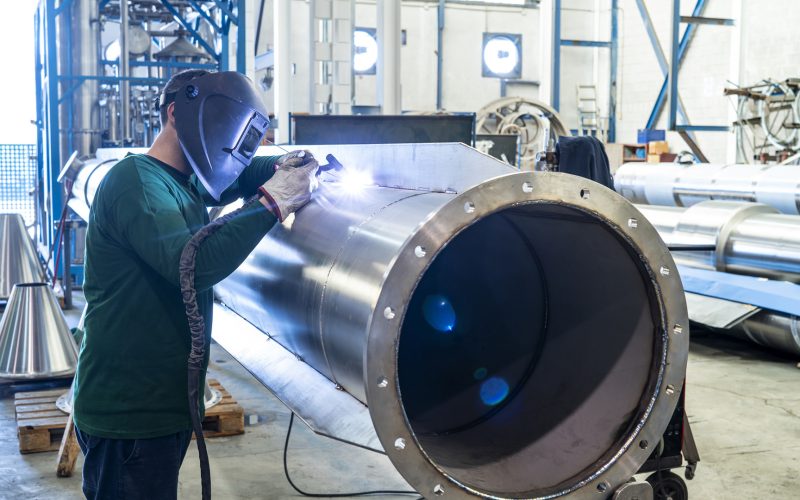THE VOICE FOR THE ENERGY CONSUMER

WASHINGTON – Consumer Energy Alliance (CEA), the leading energy and environmental advocate for families and businesses, on Thursday launched the “Open the Gulf” campaign to help counter surging prices at.

It’s been all but accepted now that our nation’s energy mix will evolve from relying completely on traditional sources of fuel to incorporating more renewables and cleaner energy sources. What’s.

Energy affordability is continuing to be a critical issue as American consumers feel pain at the pump and are receiving higher energy bills amid winter storms. On Tuesday, President Biden.

As inflation – especially in higher energy and food bills – climbs and COVID-19 endures, Americans increasingly are realizing how their everyday lives have changed. This new reality also appears.

Everywhere around us, improving technologies are changing the way we live and work. It’s also changing how we communicate with friends, family, and neighbors. Many people automatically think that the.

Michigan Gov. Gretchen Whitmer claims she is “committed to ensuring small businesses can thrive” and “continue growing Michigan’s economy.” She relayed that assertion to a small-business owner in Flint whose.

Ohio, Indiana, and Pennsylvania were added to a recent report we commissioned at Consumer Energy Alliance, which found these states would see a combined $20.8 billion economic loss if Michigan.

The coronavirus pandemic put a damper on international travel plans for millions of Americans in 2021. While some countries closed their borders or kept strict restrictions in place, Americans took.